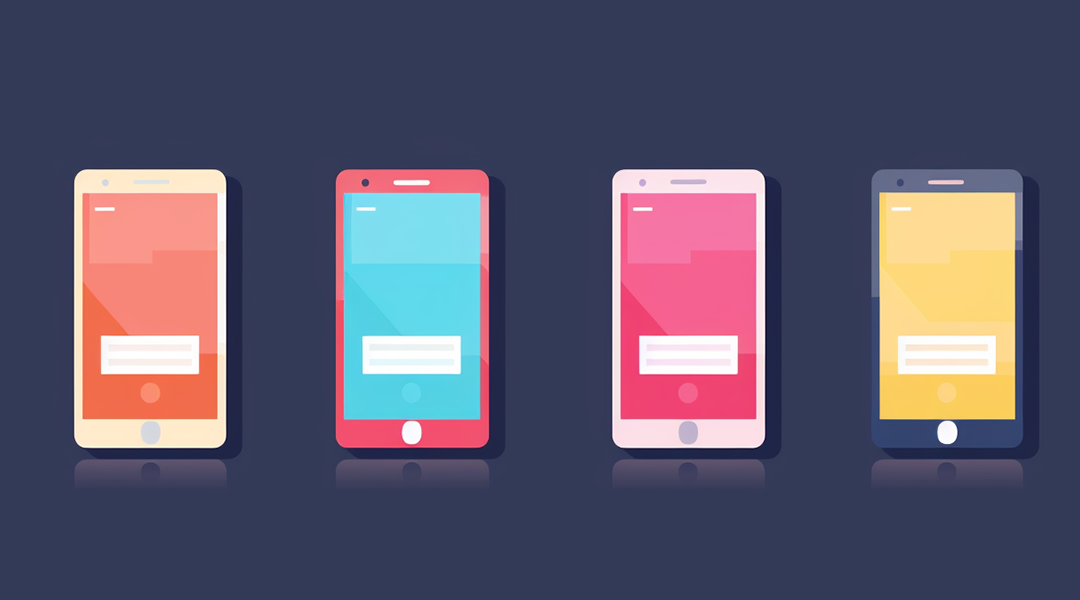Automated Ad Copy Generation with GPT:
A Comprehensive Guide
In the rapidly evolving world of digital marketing, the ability to generate personalized and impactful ad copy at scale is a game-changer. Leveraging GPT (Generative Pre-trained Transformer) models for automated ad copy generation allows marketers to efficiently tailor messages to different audience segments, streamline workflows, and maintain consistency in brand voice. This article explores a structured approach to using GPT for ad copy creation, from defining audience personas to producing tailored ad variations.
1. Defining and Articulating Multiple Persona Descriptions
Objective:
Effective ad copy begins with a deep understanding of your target audience. To resonate with various segments within a broader audience, it’s crucial to define detailed personas that reflect the diverse needs, challenges, and preferences of potential customers.
Prompt Template:
You are an expert in customer segmentation and persona development. I need to create detailed personas for a [product/service] targeted at a broad audience group of [general audience group]. Please generate descriptions for [number] distinct personas. For each persona, include their:
1. Background (e.g., occupation, lifestyle, interests)
2. Pain points and challenges related to [product/service]
3. Motivations and goals
4. Preferred communication channels
5. Key decision-making factors
Ensure that each persona is distinct and based on realistic market research insights.
Example Output:
- Persona Name: Tech-Savvy Millennial
- Background: A 28-year-old urban professional who values efficiency and innovation in technology.
- Pain Points: Needs products that integrate seamlessly with existing digital infrastructure.
- Motivations: Driven by the desire for cutting-edge technology that simplifies life.
- Preferred Channels: Instagram, Twitter
- Decision-Making Factors: Peer reviews, influencer recommendations
2. Brainstorming High-Level Messaging/Campaign Concepts
Objective:
Once personas are defined, the next step is to create a high-level messaging framework that aligns with your overall campaign goals. This message should be adaptable to various personas while maintaining a consistent brand narrative.
Prompt Template:
You are a creative marketing strategist. I need help brainstorming a high-level campaign concept for a [product/service] that needs to resonate with multiple audience segments including [persona descriptions]. The campaign should be versatile enough to be adapted for different personas, but maintain a unified theme. Please generate a campaign concept that includes:
1. Core message and value proposition
2. Visual and tone guidelines
3. Example slogans or taglines
4. Key benefits to highlight across all segments
Example Output:
- Campaign Theme: “Innovation for Every Day”
- Core Message: Empowering users with cutting-edge technology that enhances daily life.
- Visual Guidelines: Clean, modern aesthetics with vibrant colors to represent innovation.
- Example Slogans: “Empower Your Life with Innovation”
- Key Benefits: Seamless integration, enhanced user experience, future-ready technology
3. Drafting Brand Style and Voice Guidelines
Objective:
Consistency is key in branding. After defining your personas and campaign concept, the next step is to ensure that all ad copy adheres to your brand’s style and voice. This involves drafting comprehensive guidelines based on your brand’s existing content.
Prompt Template:
You are a branding expert. I need to develop brand style and voice guidelines for [Brand Name] based on the content available on their website [insert URL]. Please analyze the website and generate a detailed style guide that includes:
1. Tone of voice (e.g., formal, conversational, witty)
2. Language preferences (e.g., specific terminology, jargon)
3. Do’s and Don’ts for messaging
4. Examples of on-brand language and phrases
5. Guidelines for adapting this style to different platforms (e.g., social media, emails)
Example Output:
- Tone of Voice: Professional yet approachable, with a touch of humor.
- Language Preferences: Use of tech jargon where appropriate, avoiding overly technical language.
- Do’s: Emphasize simplicity and user-friendliness.
- Don’ts: Avoid negative language or highlighting technical difficulties.
- Platform Adaptation: Slightly more casual tone for social media, maintaining professionalism in emails.
4. Creating Multiple Versions of Ad Copy
Objective:
The final step is to generate multiple versions of ad copy tailored to the personas, campaign concept, and brand voice guidelines. This ensures that each segment receives a message that resonates deeply with them while maintaining overall brand consistency.
Prompt Template:
You are an expert in digital advertising and copywriting. I need you to create multiple versions of ad copy for a [platform e.g., Facebook, Google Ads] campaign promoting [product/service]. The ad copy should be tailored to different personas ([brief description of personas]) and follow the campaign concept and brand voice guidelines provided below:
– Campaign Concept: [Concept]
– Brand Voice: [Voice Guidelines]
For each persona, generate:
1. A headline
2. A brief description or body copy
3. A call-to-action (CTA)
Ensure the copy is engaging, clear, and aligned with the brand’s voice and persona needs.
Example Output:
- Persona Name: Tech-Savvy Millennial
- Headline: “Revolutionize Your Day with [Product Name]”
- Description: “Experience the future of technology with seamless integration and cutting-edge features designed just for you.”
- CTA: “Upgrade Your Tech Game Today!”
Conclusion
By following this structured approach, you can effectively leverage GPT to automate ad copy generation. This not only enhances efficiency but also ensures that your messaging is consistently on-brand and resonates with your target audience. As digital marketing continues to evolve, integrating advanced tools like GPT into your workflow is essential for staying competitive and driving impactful results.
This strategy exemplifies how marketers can use AI to enhance creativity while optimizing efficiency, ultimately leading to more personalized and effective advertising campaigns.

